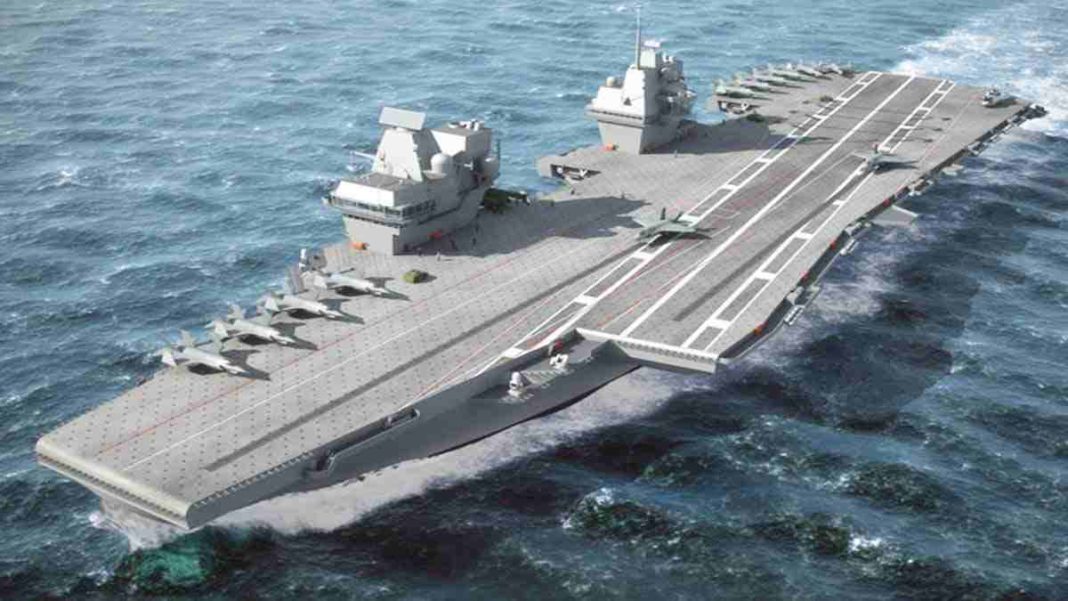INDIA. Mumbai: The Indian Navy recently achieved a historical milestone as it successfully executed the maiden night landing of a MiG-29K aircraft on the aircraft carrier INS Vikrant. This achievement not only underscores the Navy’s commitment to self-reliance but also showcases the exceptional resolve, skill, and professionalism of both the Vikrant crew and the Naval pilots.
In September of last year, INS Vikrant, which boasts a complement of 1500 officers, including four women officers and ratings, joined the Indian Navy. The vessel was commissioned by Prime Minister Narendra Modi, making India a proud member of the elite group of nations capable of manufacturing aircraft carriers above the 40,000-tonne category.
Before any warship is deemed ready for combat, a series of tests must be undertaken. As an aircraft carrier, it was imperative for INS Vikrant to successfully conduct night landings on the air strip located in the vast expanse of the open sea.
On Wednesday night, the skilled Naval aviators achieved a momentous milestone by executing a flawless night landing with the Mikoyan MiG-29K, a Russian all-weather carrier-based multirole fighter aircraft. This successful night landing holds great significance for the Indian Navy.
Landing fighter jets on the flight deck of an aircraft carrier poses unique challenges compared to a regular runway due to the deck’s limited length. Night landings are particularly demanding for naval aviators as the aircraft carrier is in motion, traveling at speeds of 40-50 km/hr. Pilots must skillfully manage the jet’s speed relative to the carrier while executing the landing.
During a flight deck landing, the pilot lowers the tail hook of the jet and aims for an arresting wire, which brings the aircraft’s speed from 250 km/hr to zero. This intricate maneuver requires precision and expertise, as the pilot must flawlessly engage the arresting wire for a safe and controlled landing.
While an aircraft carrier does not carry guns and missiles, its core strength lies in its ability to conduct aerial sorties and maintain combat preparedness. Previously, aircraft such as the MiG-29K and the Light Combat Aircraft Tejas had successfully landed on INS Vikrant during daytime operations in February. However, this recent night landing marks a significant milestone for the Indian Navy.
INS Vikrant is equipped to accommodate 30 aircraft and helicopters, with 20 of them housed in a 2600-square-meter-long hangar. These aircraft are transported to the flight deck using an elevator. The vessel features two air strips, including one equipped with a ski jump on the main deck.
The successful night landing of the MiG-29K on INS Vikrant not only highlights the Navy’s operational capabilities but also signifies India’s progress towards achieving self-reliance in defense. This remarkable achievement stands as a testament to the unwavering dedication and expertise of the entire Vikrant crew and the Naval pilots involved in this historic milestone.
Also Read: Indian Navy and ISRO Team up to Release Gaganyaan Recovery Training Plan



